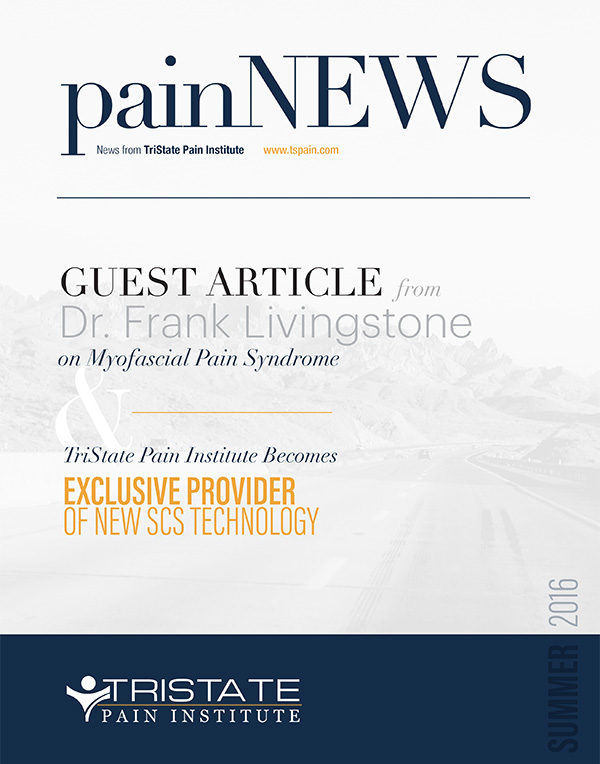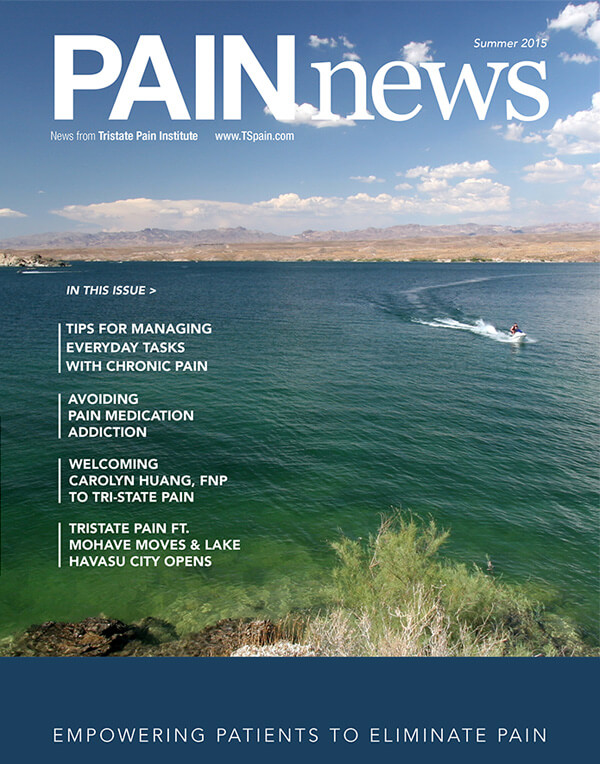Telemedicine: In the Midst of Chaos Comes Opportunity
Accepted Insurances:
- Aetna/US Healthcare
- Aetna Medicare Plans
- AHCCS Direct Mohave Indian Health Services
- APIPA (UHC State & Community Plan & Evercare
By Edward Bilsky, PhD, Pacific Northwest University of Health Sciences
Management of chronic pain is challenging enough given the myriad of pain diagnoses and the complexity of the underlying pathology that drives persistent pain. Highly coordinated, multidisciplinary care is central to limiting the impact that pain has on overall health and well-being. Unfortunately, this care is not always affordable or accessible to many patients. Living in rural and medically underserved areas presents additional challenges in receiving optimal care, as I have personally witnessed over several decades living and working in Maine and now Washington State, which both have large rural areas.
The global pandemic, which has upended so many aspects of our society, only further amplified health disparities in rural areas and heightened their impact on vulnerable populations. For example, COVID-19 during the last three weeks of October, even though this demographic only accounts for 14 percent of the U.S. adult population.
Health crises like COVID-19 require both rapid and decisive actions to address the most urgent needs, along with long-term reflection and appraisals that lead to reform and improvement of our health care system. A crisis can thus be a catalyst for sustained change, forcing more rapid and widespread adoption of new approaches to care.
How telehealth improves access
Telemedicine and eHealth approaches have the potential to significantly increase access to multidisciplinary chronic pain management, particularly for those who live in rural communities or who have mobility restrictions that make travel difficult. (In a recent study by the U.S. Pain Foundation, more than half of pain patients said mobility issues, primarily driving difficulties, prevented them from accessing treatment.) Telehealth can also improve access to care in that it reduces patient costs; one study out of the University of California-Los Angeles found that people with pain saved an average of $156.00 over three visits by avoiding driving and parking costs.
Until 2020, the integration of telehealth into the health care system had been frustratingly slow. Infrastructure costs, necessary policy and reimbursement reforms, and a general resistance to change were contributing factors in both urban hubs and rural communities. The pandemic pushed forward the implementation of these approaches out of necessity and has led to at least temporary modifications to policies and reimbursement schedules for these services.
Maybe more importantly, it has demonstrated that telemedicine and eHealth can be effective in the management of a chronic disease and that it can make care more accessible for the aforementioned populations. It has also certainly identified areas in need of improvement to advance the field further, as well as limits to its widespread adoption. For example, not all individuals in rural or underserved communities have access to internet service or devices capable of videoconferencing.
Examples of how long-standing policies and practices were revised during the pandemic include restrictions on initial office visits for new patients as well as the prescribing, monitoring and renewal of controlled substances: There was coordination between federal agencies and the individual states that allowed for expanded Medicare coverage of telehealth for evaluation and management, even for people not living in rural areas. Some of the Drug Enforcement Agency requirements for prescribing controlled substances were also waived or modified to meet the pandemic challenges.
As the pandemic’s impact wanes, careful thought needs to be given to the transition as well as approaches that may be permanently adopted to help improve access to care for rural and underserved communities.
Sustaining improved access to care in the long term
Meeting the needs of rural and underserved populations through telehealth extends beyond institutions that provide direct medical care. Universities with graduate health programs, like the Pacific Northwest University of Health Sciences, are playing an important role: for one, we quickly responded to the pandemic with volunteerism and outreach to educate the public on the virus and counter misinformation. We have learned valuable information on curriculum delivery methods and distance learning as we transitioned to an online delivery during the early phases of the pandemic. Much of what we have developed and learned in response to the pandemic is being incorporated into our curriculum and delivery methods for the coming years—and will better prepare our graduates for telehealth and eHealth approaches well into the future.
We believe that the lessons we are learning during the pandemic will be useful in the long-term. We have all gotten a glimpse into the challenges and uncertainties of a looming threat to our health and safety, which individuals with chronic illness face daily. The pandemic has also highlighted the strains that isolation or uncertain finances can have on our metal and physical health. We are seeing the interconnectedness of communities, and how when one group suffers, it affects us all.
We have been creative in addressing some of these challenges with technology, but there is a critical need for human contact and supporting each other as human beings. As we return to our new normal, we need to remember these lessons and commit supporting our most vulnerable populations with better, more compassionate health care.





